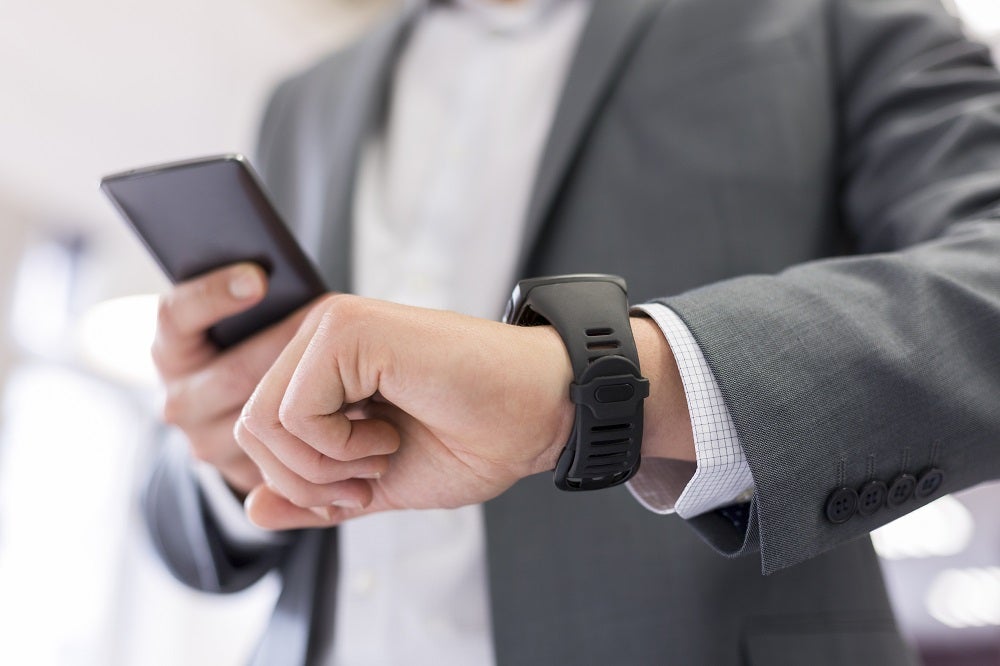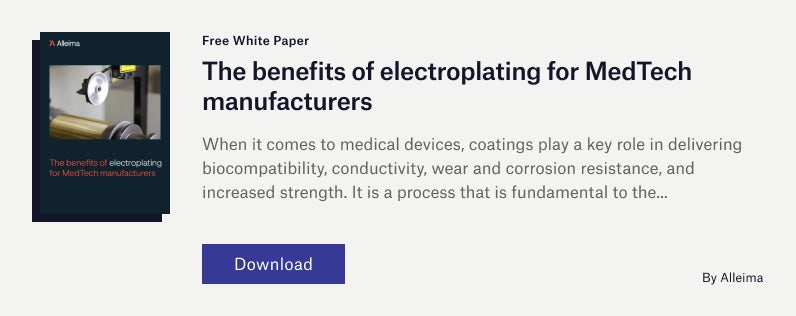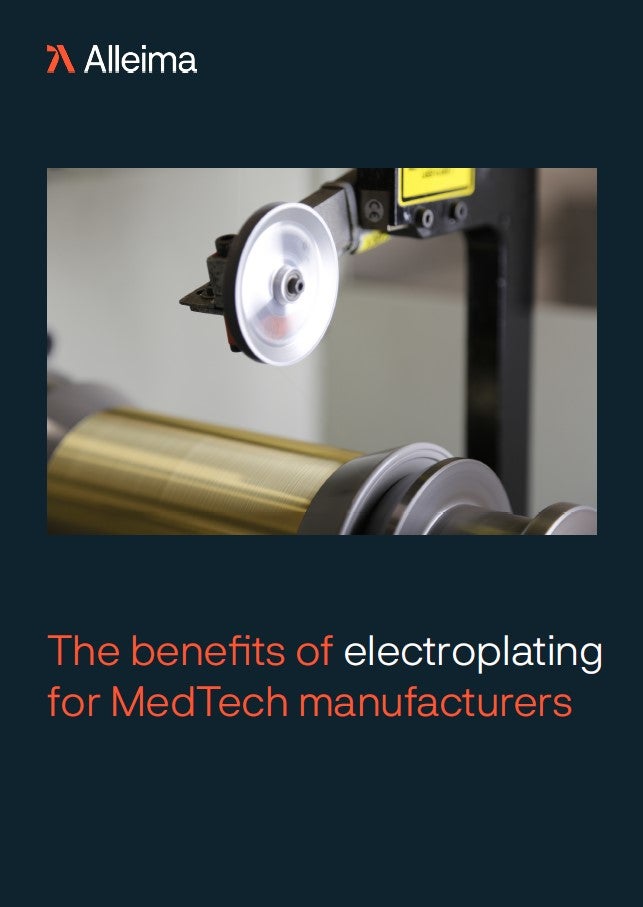
Restrictions during the COVID-19 pandemic put considerable pressure on healthcare providers to treat patients without in-person appointments. Remote monitoring devices were nothing new, but the pandemic acted as a catalyst for their more widespread adoption, along with other remote telemedicine services.
Preventing outbreaks and treating long COVID
With COVID cases continuing to spike, including approximately 900 million reported cases in China in mid-January 2023, remote monitoring and telemedicine remains essential. Wearable devices are proving useful in the early detection of asymptomatic and pre-symptomatic cases of COVID-19, with the potential for detection algorithms that could be used to identify the early stages of infection via real-time heart rate monitoring.

Remote monitoring is also revolutionising the way that healthcare providers can monitor and treat long COVID, minimising the negative impact that this condition can have on patients’ lives.
The benefits of continuous monitoring
One example of a commonly used remote monitoring device is continuous glucose monitoring (CGM). Rather than relying on periodic tests, CGM devices provide patients and healthcare workers with real-time data.
Many patients see the benefit of continuous monitoring devices, not least because it is more convenient to not have to interrupt their day with health checks. Continuous monitoring, whether it be for glucose levels or heart rate, plays a key role in preventative action. In fact, implantable monitoring devices can detect changes in pulmonary-artery pressure so that early intervention can be taken – healthcare innovation will save lives.
A further benefit of continuous monitoring is that healthcare workers, along with friends and family, could be alerted if a patient was at risk. During the height of the pandemic, this was especially crucial for patients who were living alone or with elderly partners who may not be able to respond quickly.
Smaller, smarter devices
Along with improving the efficiency of remote monitoring technology, medical advancements have also focused on patients’ comfort. Implantable devices that monitor a patient’s vitals and transmit this data are getting increasingly smaller thanks to innovations in microtechnology and ultra-fine medical wire.
The GlobalData poll found that there was a reduction in the number of people who would be averse to using medical devices, with only 6% of respondents stating they would
be concerned about efficacy. The main consideration identified in the poll was privacy, with 17% of respondents saying that this was a concern for them. As innovations evolve and patients become more tech-savvy, the acceptance of remote monitoring devices is expected to grow.
Remote monitoring device manufacturing
Remote monitoring devices will need to last long term, so their medical wire components need excellent fatigue resistance, in addition to being extremely reliable and accurate in their ability to sense changes and transmit real-time data. When it comes to the wire coating, the coating process needs to be uniform and very thin, as well as provide insulation/lubrication and biocompatibility properties.
Alleima supplies a broad range of customised ultra-fine medical wire, offering its partners a “one-stop-shop” approach for their medical wire component needs. Utilising expertise in metallurgy, more than 200 alloys, and various customisations such as coiling and coatings, Alleima has worked with manufacturers to design and develop medical wire components for devices such as continuous glucose monitors, guidewires, and deep brain stimulation systems. From the end of 2022, Alleima is also offering nitinol wire instruments through its acquisition of the German-based Endosmart.
With these exciting advancements on the horizon, now is the ideal time to form partnerships with medical device component experts to work together and design a product that can change patients’ lives. For more information about how Alleima is providing vital components for remote monitoring devices, download the whitepaper below.



